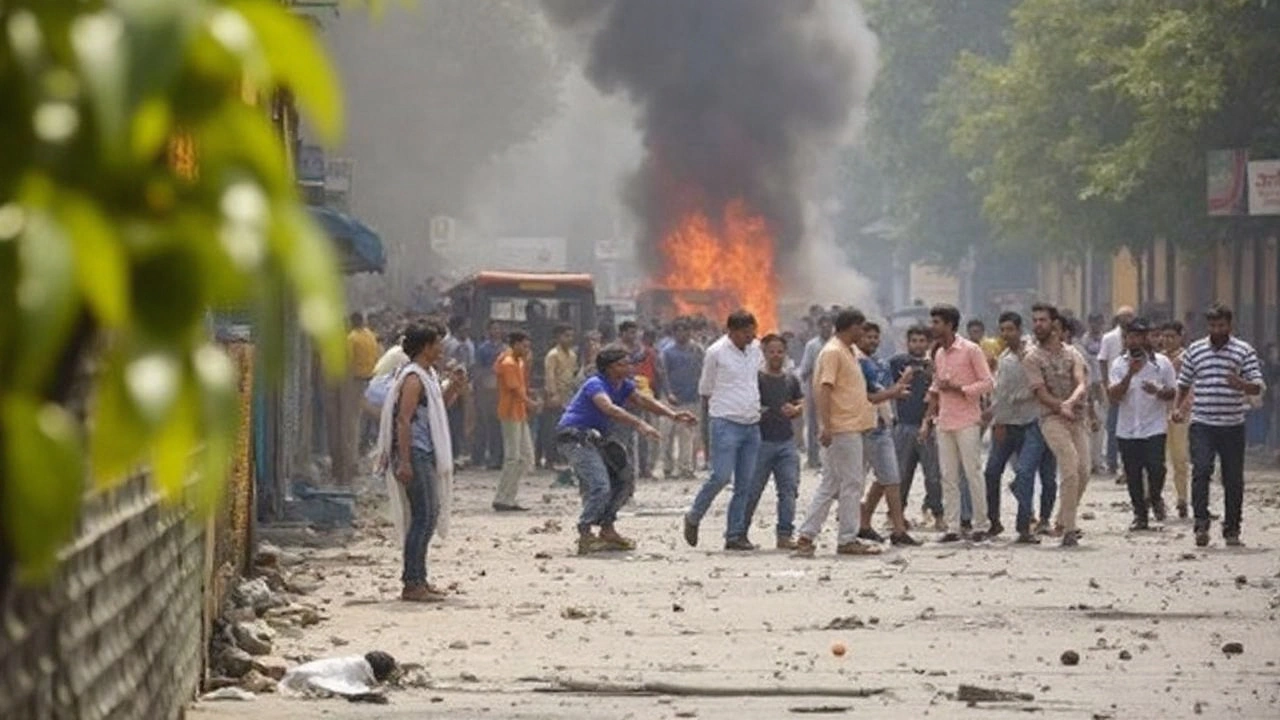Two years after the Delhi riots, the Ankit Sharma murder case remains in court. The IB staffer’s body, bearing over 200 injuries, was found in a Chand Bagh drain. Former AAP councillor Tahir Hussain and others face charges of murder, rioting, and conspiracy. Trials, bail pleas, and new arrests have kept the case moving slowly, as the family presses for accountability.
Delhi Riots 2020: Key Facts and Simple Breakdown
In early 2020, Delhi saw a burst of violent clashes that shocked the city and the nation. What started as a local dispute quickly turned into a larger communal flare‑up, leaving dozens injured and many properties damaged. If you’re trying to understand what really went down, here’s a plain‑spoken rundown of the main events, why they happened, and what followed.
How It All Unfolded
On February 10th, a rumor spread about a religious procession passing through a sensitive neighborhood. Residents gathered, tensions rose, and soon stone‑throwing turned into mob attacks. Police struggled to contain the chaos, and for several hours the streets echoed with sirens and shouted arguments. By nightfall, over 30 people had been hurt and several shops were set on fire.
The spark was an old grievance about a disputed land parcel that both communities claimed. Social media amplified the story, turning a local grievance into a city‑wide flashpoint. Within a day, the incident was featured in national news, prompting political leaders to weigh in and further polarizing opinions.
Why It Happened and What Changed Afterwards
Experts point to three main reasons: a history of unresolved land disputes, easy spread of misinformation, and a lack of timely police intervention. The riots also highlighted how quickly online rumors can turn into real‑world violence when there’s no quick fact‑checking.
After the turmoil, the Delhi government set up a fact‑finding committee. The panel recommended tighter monitoring of social media during sensitive events and more community dialogue programs. Police also received extra training on crowd control and rapid response.
For ordinary citizens, the riots served as a reminder to verify information before reacting. Many community groups now organize joint gatherings to build trust and reduce the chance of similar flare‑ups.
In the months that followed, the city saw a dip in violent incidents, suggesting that the lessons from the 2020 unrest were taken seriously. Nonetheless, occasional tensions still surface, showing that peace requires ongoing effort.
If you’re visiting Delhi or living there, a few practical tips can help you stay safe during any potential unrest: keep your phone charged, follow reliable news sources, avoid areas where large crowds are gathering, and stay calm if you hear rumors. Knowing the basics can prevent panic and keep you out of harm’s way.
The Delhi riots of 2020 are more than a tragic footnote; they’re a case study in how old disputes, modern technology, and slow response can combine into a dangerous mix. By understanding what sparked the violence, how authorities reacted, and what steps were taken afterward, you get a clearer picture of today’s social landscape in India’s capital.
Whether you’re a student, a traveler, or just curious about recent Indian events, keeping these facts straight helps you separate the noise from the reality. The story of the 2020 Delhi riots shows that peace is fragile, but it can be rebuilt with the right mix of community effort and quick, accurate information.
